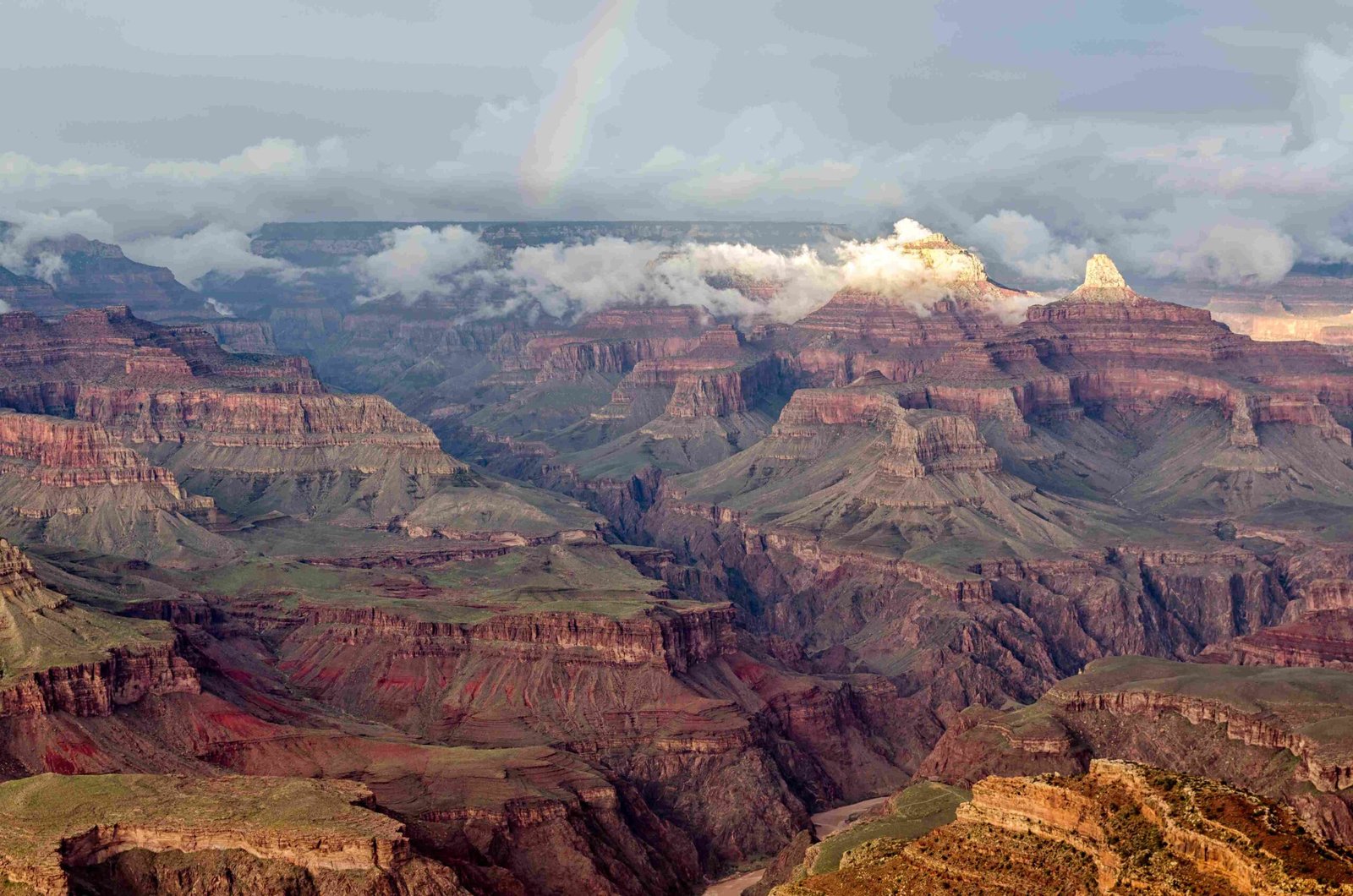Formation du Grand Canyon: Earth’s Monumental Sculptural Masterpiece

The Grand Canyon represents a breathtaking geological narrative spanning nearly 1.7 billion years, where complex geological processes meticulously carved one of the world’s most spectacular landscapes. Through tectonic movements, volcanic activities, and persistent river erosion, this natural wonder emerged as a testament to Earth’s dynamic transformative capabilities.
What Are the Foundational Rock Layers?
The Grand Canyon’s geological composition reveals a remarkable stratigraphic record featuring multiple rock types:
| Era | Rock Type | Age | Characteristics |
|---|---|---|---|
| Precambrian | Metamorphic Rocks | 1.7-1.6 Billion Years | Vishnu Schists, Zoroaster Granites |
| Paleozoic | Sedimentary Rocks | 525-270 Million Years | Limestone, Sandstone, Shale |
| Cenozoic | Volcanic Deposits | 6 Million Years | Lava Flows, Volcanic Debris |
How Did Tectonic Movements Influence Canyon Formation?
Tectonic activities played a crucial role in the Grand Canyon’s development:
- Laramide Orogeny: Occurred between 80-35 million years ago
- Plateau Uplift: Elevated region approximately 3.2 kilometers
- Structural Deformation: Created complex geological stress patterns
What Drove the Erosional Processes?
The Colorado River emerged as the primary sculptor of the Grand Canyon:
- River Characteristics
- Average Discharge: 650 m³/second
- Gradient: 3 meters per 1,600 meters
-
Continuous Erosional Action
-
Complementary Erosional Mechanisms
- Glacial Erosion
- Wind Erosion
- Gravitational Weathering
How Long Did Canyon Formation Take?
The Grand Canyon’s formation represents an extraordinary temporal journey:
- Initial Rock Formation: 1.7 Billion Years Ago
- Sedimentary Accumulation: 525-270 Million Years Ago
- Active Canyon Carving: Last 6 Million Years
- Ongoing Geological Modifications: Continuous Process
What Scientific Methods Confirm These Findings?
Geologists utilize multiple techniques to understand canyon formation:
- Radiometric Dating
- Thermochronology
- Fossil Analysis
- Stratigraphic Sequencing
Unique Geological Insights
The Grand Canyon offers unprecedented geological transparency, displaying rock layers representing approximately 40% of Earth’s geological history. Its exposed strata provide scientists with an unparalleled window into planetary transformation.
Environmental Significance
Beyond geological marvel, the Grand Canyon represents:
– Biodiversity Hotspot
– Climate Change Indicator
– Geological Research Laboratory
Continuing Transformation
The Grand Canyon remains an active geological system, continuously reshaped by:
– River Erosion
– Tectonic Movements
– Climate Variations
References


